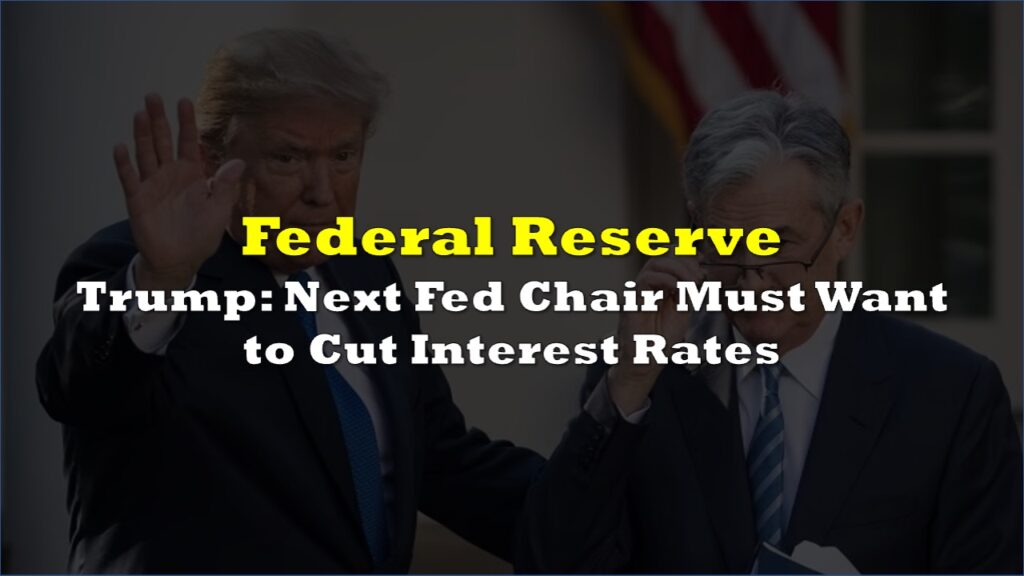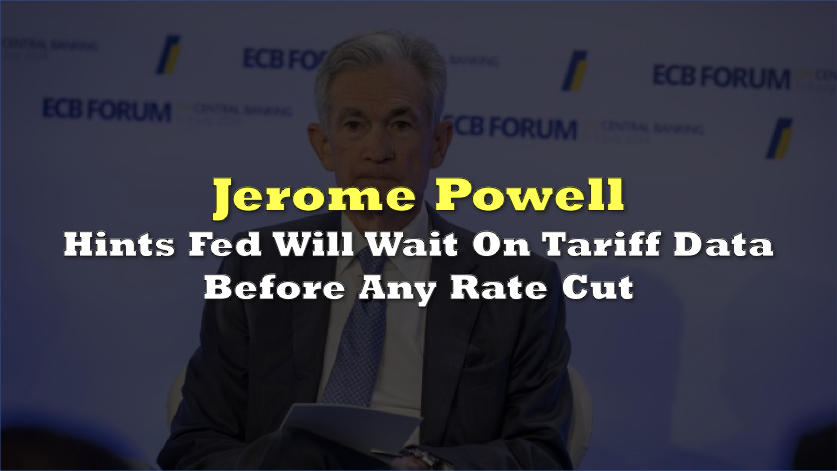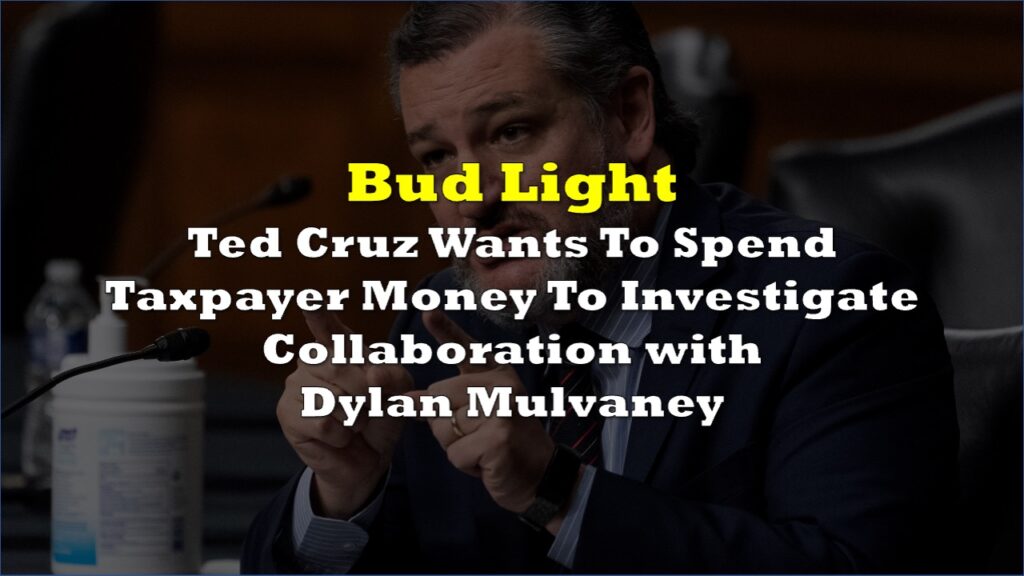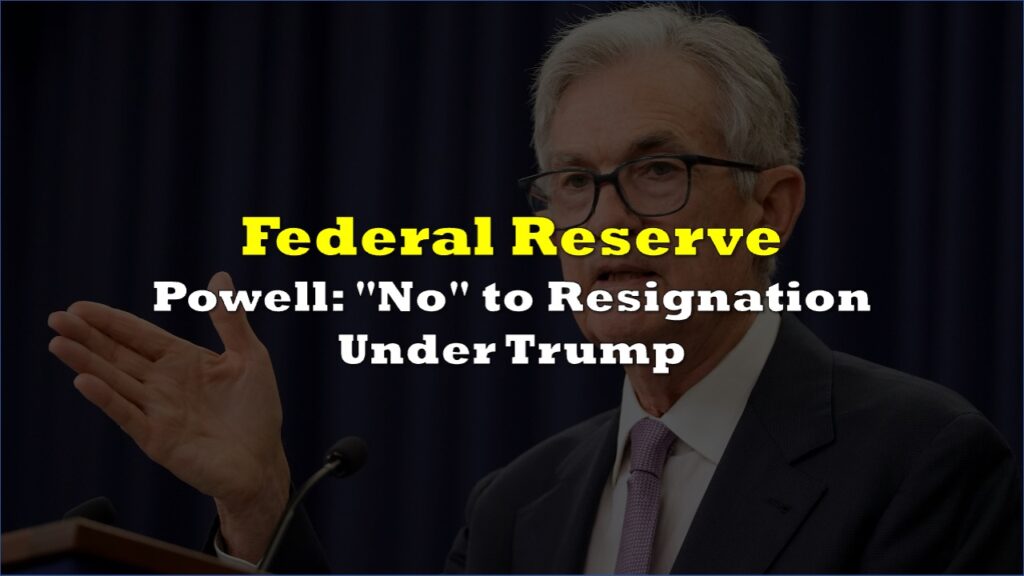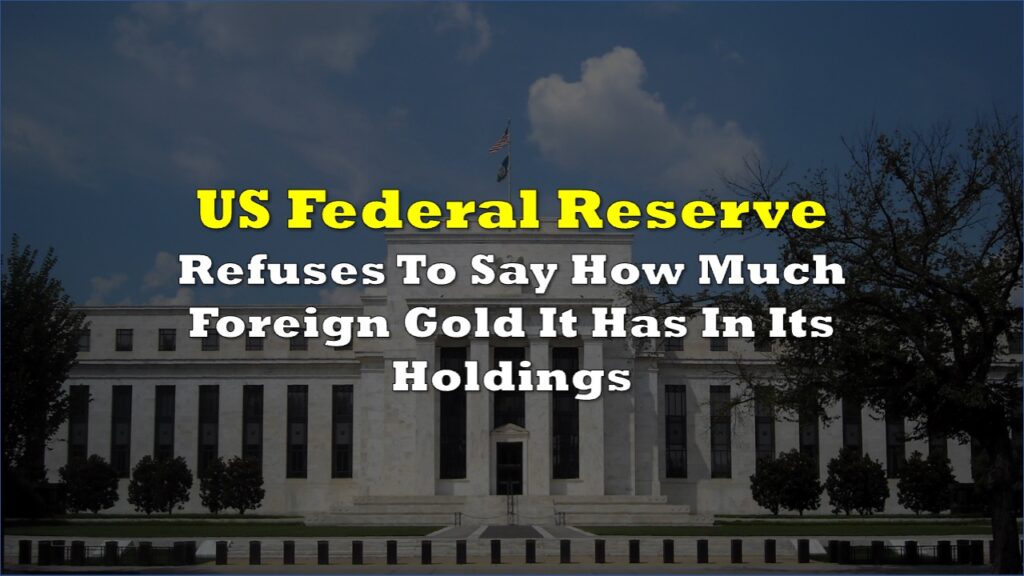Senator Ted Cruz is intensifying efforts to strip the Federal Reserve of its authority to pay interest to banks, pitching the proposal as a way to save more than $1 trillion over a decade to help offset the cost of President Donald Trump’s tax and spending package.
The Texas Republican said Wednesday he has lobbied Trump directly in the Oval Office and made his case to GOP senators during a lunch meeting, claiming the plan would reduce federal deficits by $1.1 trillion over 10 years.
Read: Ted Cruz Questions Federal Reserve’s Interest Payments to Banks
“I made the case directly to the president in the Oval Office last week, I made the case at lunch today,” Cruz said in a Capitol interview.
LOL. Sure, man, let’s just torch the short-end of the curve into steepener oblivion. Run it hot, baby!! https://t.co/caMKFzFI1M
— Ben Hunt (@EpsilonTheory) June 12, 2025
But the proposal is already getting some resistance from a key Republican colleague. Senator Tim Scott said Thursday any changes to Fed operations must go through regular legislative procedures.
“While the desire to return to pre-crisis monetary policy operating procedures is understandable, any legislative change to the Federal Reserve’s framework must follow regular order,” the South Carolina Republican said in a statement. “This is not a decision to be rushed — it must be carefully considered and openly debated.”
New statement from Senate Banking Committee Chair Tim Scott (R-SC) pushes back on the effort from Sen. Ted Cruz (R-Texas) to end the Federal Reserve practice of paying interest on bank reserves: "any legislative change to the Federal Reserve’s framework must follow regular order" pic.twitter.com/hRCSLczMUh
— Brendan Pedersen (@BrendanPedersen) June 12, 2025
There’s also the question of whether Cruz’s plan would deliver the promised savings. Rather than drawing from government revenue, the central bank funds these payments through earnings from its investment holdings.
“It wouldn’t even reduce the interest expense of the Federal Reserve,” said James Clouse, a fellow at the Andersen Institute for Finance and Economics. He argued that maintaining monetary policy control would require the Fed to sell investments, reducing its income and the profits it returns to the Treasury.
JPMorgan strategists warned the proposal could undermine the Fed’s ability to control interest rates, “complicating its efforts to guide broader financial conditions.” Barclays economists said banks would likely shift their cash to other Fed facilities, meaning the central bank would still pay substantial interest to financial firms.
Interest payments on bank reserves were introduced in 2008 amid the financial crisis, initially as a temporary emergency tool that evolved into a cornerstone of modern monetary policy. Before the crisis, the central bank had operated for nearly a century without paying such interest.
Currently, the Fed pays banks 4.4% on their reserves and 4.25% to money market funds through its reverse repurchase facility. These rates help the Fed control short-term interest rates throughout the economy.
The policy has drawn criticism as the Fed operates at a loss, with interest payments exceeding income from its bond holdings. This means the Fed isn’t returning profits to the Treasury as it typically does.
Cruz has claimed the proposal could save up to $2 trillion in federal deficits over the next decade, though he acknowledged uncertainty about its likelihood of passage during a CNBC interview last week.
Information for this story was found via Bloomberg, Reuters, and the sources and companies mentioned. The author has no securities or affiliations related to the organizations discussed. Not a recommendation to buy or sell. Always do additional research and consult a professional before purchasing a security. The author holds no licenses.





